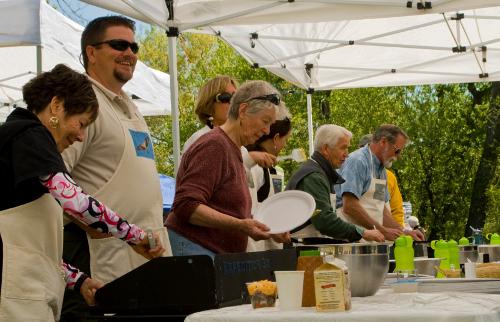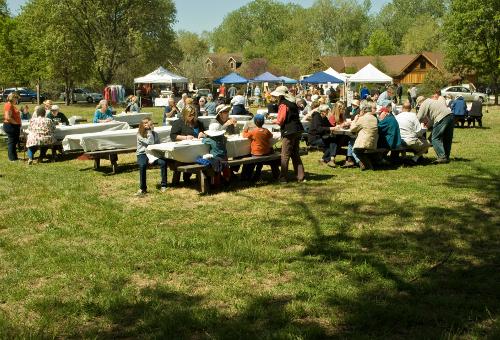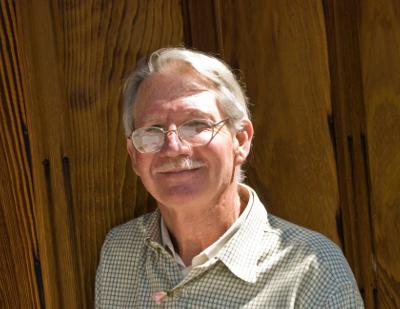- Elizabeth Larson
- Posted On
Alpine Arts Festival returns Saturday
LUCERNE – A longtime Northshore festival is having a revival this weekend.
On Saturday, the Lucerne Booster Club and North Shore Business Association will presented the return of the Alpine Arts Festival from 10 a.m. to 4 p.m. at Harbor Village Artists, 6197 Highway 20, Lucerne.
The event will feature the music of David Neft beginning at 10 a.m., a Youth Writes poetry showcase at 11 a.m., two skits from “Charlie and the Chocolate Factory” by the Lucerne Elementary Drama Club, performances by the Upper Lake High School Band, an open mike, 50/50 raffle by Lucerne Elementary’s eighth grade class, vendor booths, game booths, eight art booths with activities for children, lots of food and fun.
Spearheading the festival’s return is the Lucerne Booster Club, led by President Lani Urquiza and Vice President Jim Hankins.
The festivals began in the 1930s, and originally were hosted by the local fire department auxiliary as a way to raise funds for Lucerne’s fire department, said Urquiza.
Later, the festival was turned over the booster club, but the festivals had stopped in recent years, she said.
Urquiza said Lucerne Elementary Principal/Superintendent Mike Brown asked her to begin putting the festival back together, a process which began last December, when Urquiza was elected the club’s president.
She said the experience has been a positive one, with a group of about 25 parents getting involved to get the new festival off the ground. Urquiza credited Hankins for also being a big inspiration, since he remember the original festival and had been involved with organizing them. Numerous businesses also have pledged their support.
The North Shore Business Association is partnering with the booster club in sponsoring the event, which Urquiza said is being held at the artists’ colony to put the spotlight on the area’s redevelopment. The Northshore Fire Protection District also is taking part.
She said it’s going to be a great event for the community’s children. “That was the main goal, to get our children involved in a positive, creative way, and bring our community together.”
Urquiza said Upper Lake High School’s art teacher will have a booth where children can enjoy art activities, while the Upper Lake Town Council will host suncatcher painting for children. There also will be face painting and activities for little children, including making bubbles and butterflies.
She said her husband will have a booth where children can build toolboxes, with Friedman’s donating numerous little tape measures to be included. Foster’s Freeze is donating ice cream prices.
“It’s very heartfelt,” said Urquiza. “So many people in the community have really pulled together to bring this event back.”
With local schools facing greater and greater budget challenges, booster clubs and the funds they raise are becoming crucial. “All of our schools are suffering big budget cuts,” she said. “We all are feeling it.”
Urquiza said this year the club raised around $5,000 to send the school’s fifth and six graders to science camp for the first time. The club also furnishes young author and citizenship awards, and is helping the eighth grade with its graduation.
Anyone who wishes to make a donation to the club can send checks to Lucerne Booster Club, P.O. Box 537, Lucerne, CA 95458.
For more information, contact Urquiza at 707-349-5457 or e-mail the booster club at This email address is being protected from spambots. You need JavaScript enabled to view it..
E-mail Elizabeth Larson at This email address is being protected from spambots. You need JavaScript enabled to view it..













